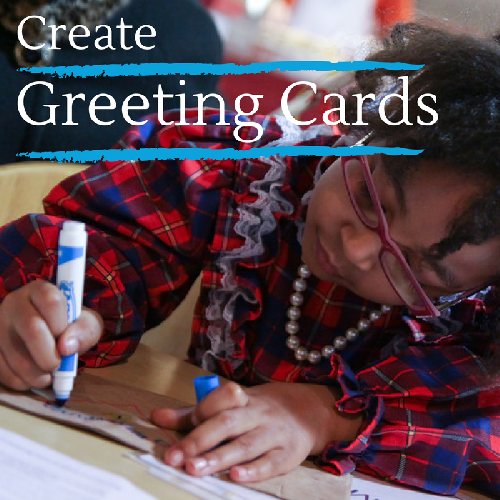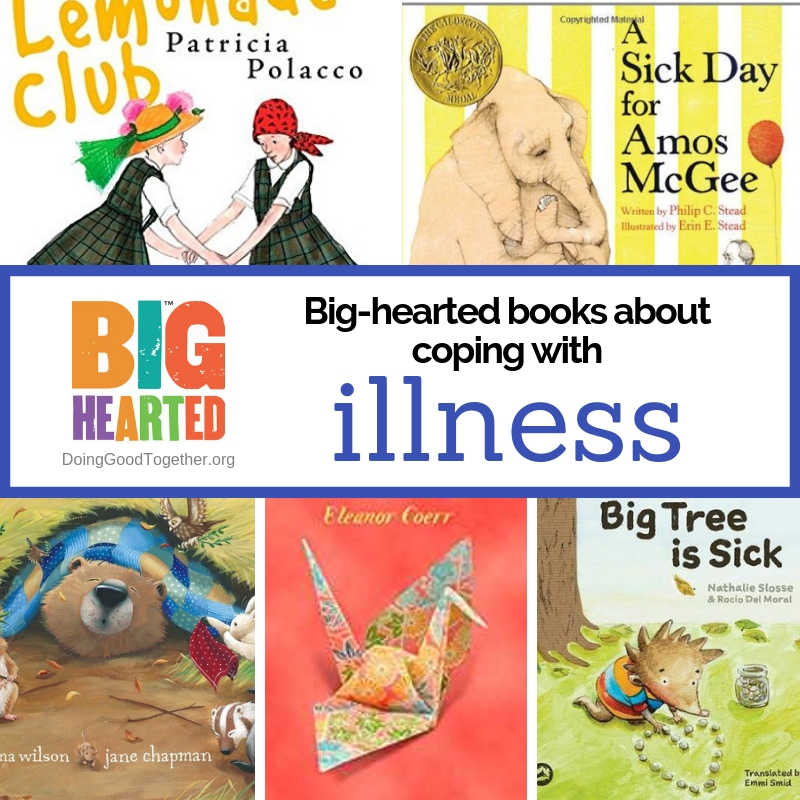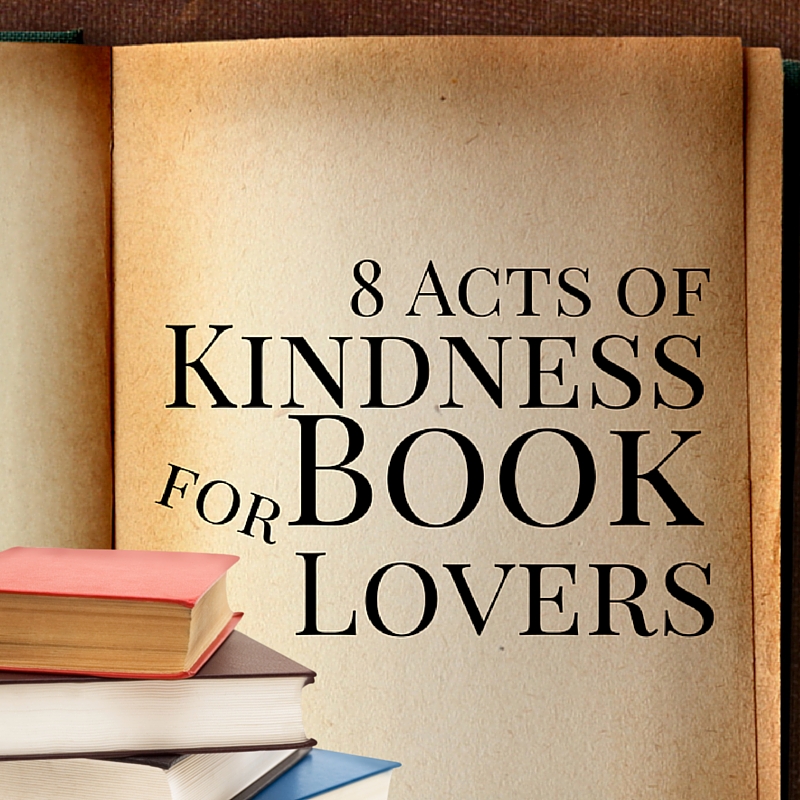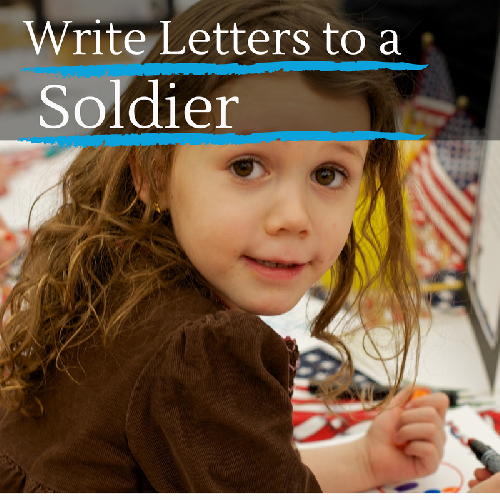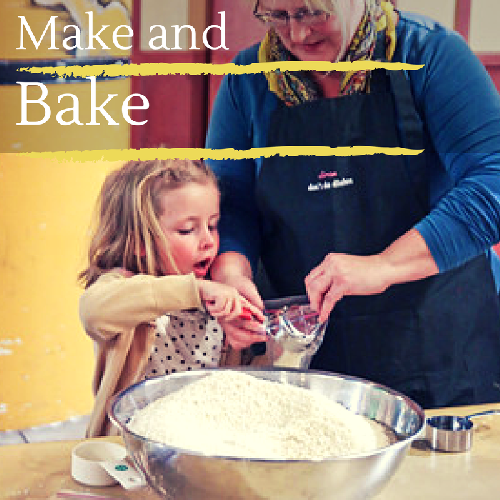Explore our favorite teaching tools.
Like our service projects, this list is continuously evolving. If you don't see your favorite books or websites, we welcome your suggestions in the comment section below.
Preschool and Early Elementary
All About My Brother by Sarah Peralta (Autism Asperger Publishing Company, 2002). Ages 4 and up. In All About My Brother, a young girl introduces the reader to her younger brother, who is autistic. The book was both written and illustrated by 8-year-old Sarah Peralta.
Best Friend on Wheels by Debra Shirley (Kindle edition). Ages 4-8. When the narrator’s teacher asks her to show the new girl around the school, she is nervous because the girl is in a wheelchair. When the two girls begin to talk, however, they find that they are more alike than different.
Don’t Call Me Special: A First Look at Disability by Pat Thomas, illustrated by Lesley Harker (Barron’s Educational Series, 2005). Ages 4-8. Reassuring book that answers common questions and concerns about disability and children with special needs.
My Friend Isabelle by Eliza Woolson, illustrated by Bryan Gough (Woodbine House, 2003). Ages 4-8. The story of Charlie and his friend Isabelle, who has Down Syndrome. Their special relationship demonstrates how differences among people make the world more fun and interesting.
Since We’re Friends: An Autism Picture Book by Celeste Shally, illustrated by David Harrington (Awaken Specialty Press, 2007). Ages 4-8. The story of a friendship between two boys, one who has autism and one who does not. Since We’re Friends demonstrates how children can establish friendships with those who are different from them through compassion and understanding.
Waiting for Benjamin: A Story about Autism by Alexandra Jessup Altman, illustrated by Susan Keeter (Albert Whitman, 2008). Ages 4-8. Waiting for Benjamin deals with the complex emotions experienced by the brother of a boy with autism, such as embarrassment, jealousy, and eventually, pride.
Zoom! By Robert Munsch, illustrated by Michael Martchenko (Cartwheel, 2004). Ages 4-8. When Lauretta get the fastest, fanciest wheelchair she can, all sorts of trouble seem to follow her.
Late Elementary
The Disability Rights Movement by Deborah Kent, illustrated by Kathryn A. Quinlan (Grolier Publishing, 1997). Ages 11 and up. A narrative history of the struggle for people with disabilities to be heard.
Deaf Child Crossing by Marlee Matlin (Simon and Schuster, 2002). Ages 8-12. The story of the friendship between a deaf child and a hearing child.
Helen Keller by Margaret Davidson (Scholastic Paperbacks, 1989). Ages 7-10. The story of Helen Keller and her friendship with Annie Sullivan, the woman who taught Helen to read and speak.
Looking After Louis by Lesly Ely (Albert Whitman & Company, 2004). Ages 7-10. When Louis, a boy with autism, joins Miss Owlie’s class, his classmates are unsure of how to respond to him and think it’s unfair that he sometimes gets special treatment. However, through Miss Owlie’s encouragement, Louis’s class learns about sensitivity and how they can include Louis in their activities.
Louis Braille: The Boy Who Invented Books for the Blind by Margaret Davidson (Scholastic Paperbacks, 1991). Ages 7-10. Biography of Louis Braille, a man who was born blind and went on to develop the Braille system of printing for the blind.
My Louisiana Sky by Kimberly Willis Holt (Yearling, 2000). Ages 9-12. Set in the South in the 1950s, My Louisiana Sky is the story of Tiger Ann Parker, a young girl who must care for her mentally-handicapped parents and deal with change and the death of her grandmother.
My Name Is Brain Brian by Jeanne Betancourt (Scholastic Paperbacks, 1995). Ages 9-12. The story of a young boy who struggles with dyslexia, but is able to get the help he needs through the assistance of a teacher who recognizes the symptoms.
Tangerine by Edward Bloor (Harcourt Paperbacks, 2006). Ages 10-14. The story of a legally blind boy living in the shadow of his football star older brother.
Young Adult
Acorn People by Ron Jones (Laurel Leaf, 1996). Ages 12 and up. Acorn People is the true story of Ron Jones, a camp counselor at a camp for disabled children and the friendship he forms with the amazing group of campers he leads.
The Asperkid’s (Secret) Book of Social Rules: The Handbook of Not-so-obvious Social Guidelines for Tweens and Teens With Asperger Syndrome by Jennifer Cook O’Toole (Jessica Kingsley Pub., 2012). This book is a how-to guide for young adults—and their parents—on being a teenager while also having Asperger’s.
Extraordinary People with Disabilities by Deborah Kent and Kathryn A. Quinlan (Grolier Publishing, 1997). Ages 11 and up. Brief stories of 48 famous people who dealt with disabilities, including Thomas Edison, Theodore Roosevelt and Tom Cruise.
Five Flavors of Dumb by Antony John (Spark, 2011). Ages 11 and up. When Piper is given the task of managing a popular local band, she isn’t sure that she is the right person for the job, considering that she is deaf.
Freak the Mighty by Rodman Philbrick (Scholastic, 2001). Ages 8-12. Two boys with disabilities form a unique and powerful friendship.
Izzy, Willy, Nilly by Cynthia Voigt (Simon and Schuster, 1995). Ages 12 and up. Fifteen-year-old Isobel loses her leg in a car accident and learns to cope with her disability.
Owning It: Stories about Teens with Disabilities by Donald R. Gallo (Candlewick, 2010). Ages 12 and up. A collection of stories about individuals coping with disabilities and trying to lead normal teenage lives.
Petey by Ben Mikaelsen (Hyperion Press, 2010). Ages 9-12. Petey, who has cerebral palsy, is misdiagnosed as an infant and raised in an insane asylum. This is the story of his struggles and friendships, especially with a lonely preteen named Trevor.
Probably Still Nick Swansen by Virginia Euwer Wolf (Simon Pulse, 2002). Ages 12 and up. Written from the point-of-view ofa 16-year-old Special Ed student, Probably Still Nick Swansen emphasizes that the problems faced by these students are no different than those of any other teenager.
Sean Griswold’s Head by Lindsay Leavitt (Bloomsbury USA Children, 2011). Ages 12-17. When Payton Gritas’ father is diagnosed with Multiple Sclerosis , she finds something new to focus on.
Temple Grandin
www.templegrandin.com/
Temple Grandin was diagnosed with autism at a young, but didn’t let it stop her from creating a humane way for livestock cattle to be handled. She also obtained her doctoral degree in animal science and created the “hug box” which is used to soothe people with hypersensitive tendencies. Her life and contributions to animal science and the autistic community are also featured in the film Temple Grandin.
Adult
A Disability History of the United States by Kim E. Nielson (Beacon Press, 2013). The history of disabled persons in the US is traced from hundreds of years ago to the present day, with emphasis placed on how they helped to shape the country’s identity.
The Disability Rights Movement: From Charity to Confrontation by Doris Fleischer and Frieda Zames (Temple University Press, 2011). How has the plight of people with disabilities changed? Fleischer and Zames examine their struggles and how laws have impacted them.
Far From the Tree: Parents, Children, and the Search for Identity by Andrew Soloman (Scribner, 2013). Soloman challenges the definition of a “normal” family by profiling families made up of children with afflictions such as Down Syndrome or schizophrenia while exploring topics such as nature versus nurture and how parents fight to create a supportive and structured environment for their children.


